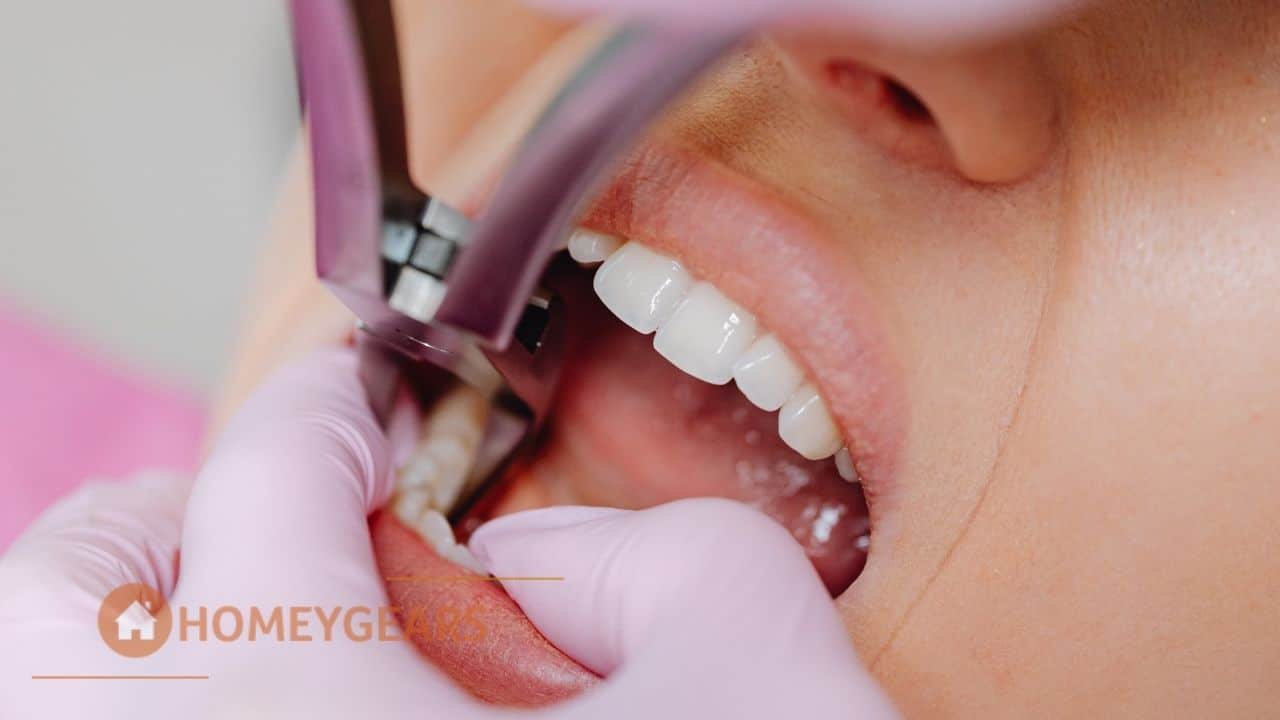How To Fill Hole On Front Tooth? Easy Solution

Damage to the front teeth can be particularly bothersome, not just because of the potential pain or sensitivity, but also due to the aesthetic concerns it raises. A hole in a front tooth, whether it’s due to decay, an accident, or another reason, can significantly affect one’s self-confidence. Fortunately, there are several ways to address this issue, ranging from temporary fixes that you can apply at home to more permanent solutions that require a visit to the dentist. In this article, we will explore the various methods for filling a hole in a front tooth, focusing on both immediate, temporary solutions and long-term, professional remedies.
Understanding the Cause
Before diving into the solutions, it’s essential to understand the cause of the hole. tooth decay, which is the most common cause, results from bacteria in the mouth breaking down food, especially sugars and starches, into acids that damage tooth enamel. Other reasons could include accidents, biting or chewing on hard objects, or conditions like bruxism (teeth grinding). Identifying the cause can help in selecting the most appropriate treatment and in taking preventive measures against future occurrences.
Temporary Solutions
While it’s crucial to visit a dentist for a proper diagnosis and treatment, there might be situations where a temporary fix is necessary. These at-home solutions are not substitutes for professional dental care but can provide relief until you can see a dentist.
Dental Cement or Temporary Filling Material: Available at most pharmacies, these materials can be used to temporarily fill a cavity. They usually come with instructions and can provide a quick, though not always perfect, fix. This is strictly a temporary measure and not a replacement for proper dental care.
Tooth Wax or Dental Wax: If the hole is causing discomfort due to sharp edges, dental wax can be applied over the area to smooth it out. This is more of a protective measure than a filling solution.
Desensitizing Toothpaste: If the hole is causing sensitivity, using a toothpaste designed for sensitive teeth can help alleviate the discomfort. It’s a preventative measure rather than a direct fix for the hole but can make the tooth more comfortable until a proper filling can be done.
Permanent Solutions
For a more lasting solution, it’s imperative to consult a dental professional. The type of filling used depends on the location of the tooth, the extent of the decay, and the patient’s preferences.
Amalgam Fillings: Though not as common for front teeth due to their silver color, amalgam fillings are durable and can be used for larger cavities.
Composite Resin Fillings: These are the most common choice for front teeth as they can be colored to match the tooth, offering a natural appearance. Composite fillings are versatile and can be used for small to medium-sized cavities.
Ceramic Fillings: Made from porcelain, these fillings are also tooth-colored and can be used for both inlays and onlays, offering a durable and aesthetically pleasing solution.
Gold Fillings: While more expensive, gold fillings are incredibly durable and can last for decades. They are not as common due to their cost and the need for multiple visits to place them.
Crowns: If the decay is extensive and a significant portion of the tooth is missing, a crown might be necessary. Crowns cover the entire tooth and can be made from various materials, including porcelain, ceramic, or gold.
Prevention
Preventing holes from forming in the first place is always the best course of action. Regular brushing and flossing can remove plaque and bacteria, reducing the risk of decay. Limiting sugary and acidic foods and drinks, avoiding biting or chewing on hard objects, and wearing a mouthguard during sports can also help protect the teeth. Regular dental check-ups can catch decay early, allowing for less invasive treatments.
Conclusion
A hole in a front tooth, while distressing, can be effectively treated with both temporary and permanent solutions. While at-home fixes can provide relief, they are no substitute for professional dental care. Consulting a dentist is crucial for determining the best course of action and ensuring that the treatment not only fixes the immediate issue but also prevents future problems. With the right approach, it’s possible to restore both the function and the appearance of the tooth, enhancing not just oral health but also self-confidence.
FAQ Section
What is the best material for filling a front tooth?
+The best material often depends on the size and location of the cavity, as well as personal preference. However, for front teeth, composite resin fillings are commonly recommended due to their ability to match the tooth color, providing a natural appearance.
How long does a tooth filling last?
+The lifespan of a filling can vary significantly depending on the material used and oral hygiene practices. On average, composite fillings can last anywhere from 5 to 10 years, while amalgam and gold fillings can last 10 to 20 years or more.
Can I fill a cavity at home?
+While there are temporary filling materials available for purchase, these are not permanent solutions and should only be used until a professional dental visit can be arranged. Proper diagnosis and filling by a dentist is necessary to ensure the tooth is properly cared for and to prevent further complications.
Remember, the health and appearance of your teeth are worth investing in. With the right care and professional advice, you can restore your smile and maintain good oral health for years to come.